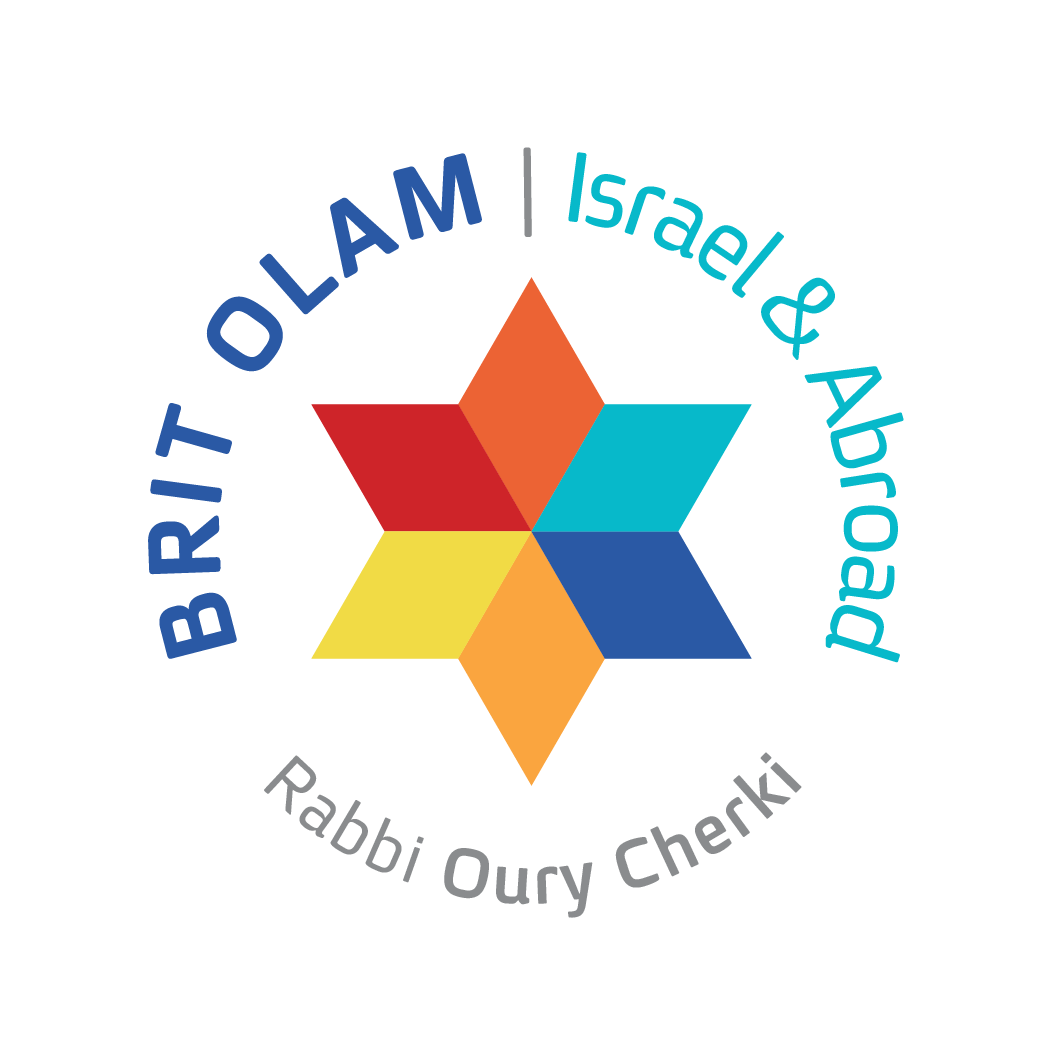Shalom e saluti a tutti i nostri amici Noachidi nel mondo, felice Sukkot! Questa festa è diversa da tutte le festività ebraiche in quanto è una festa pastorale. C'è molta vegetazione in esso. Le quattro specie che prendiamo durante questa festa, così come la sukkah stessa, fatta di materiali naturali, e la cerimonia del Tempio di attingere l'acqua sorgiva – Simchat Beit Hashoeva; tutte queste cose sono espressioni dell'unità dell'anima ebraica con la natura. Questo è qualcosa che siamonon molto bravo in quanto sembrerebbe che gli ebrei tendano a temere la natura. Hanno paura degli aspetti esperienziali, spesso paganistici ad esso associati. Pertanto, a Pasqua, ad esempio, ci asteniamo dal mangiare pane lievitato. A Shavuot non dormiamo tutta la notte e a Rosh Hashanah non dormiamo tutto il giorno. Infine, Sukkot è una vacanza normale in cui possiamo dormire e connetterci con la gioia naturale e pastorale della natura. Come lo realizziamo? Dopo che abbiamo già attraversato il processo di rettifica dei nostri peccati e di purificazione dall'inclinazione al male attraverso i Giorni di timore reverenziale di Rosh Hashanah e Yom Kippur, siamo sicuri che il nostro incontro con la natura non porterà, Dio non voglia, una persona moralmente fuori strada . Piuttosto l’esperienza dovrebbe elevare la persona, elevandola insieme alla natura. Di conseguenza, è per questo che Sukkot ha anche una significativa dimensione universale. Le nazioni del mondo sono più sensibili alla santità della natura, come ha spiegato uno dei grandi leader della nazione, Rabbi Kook di beata memoria, il quale ha spiegato che la santità della natura appartiene specificatamente alle nazioni del mondo, mentre le la santità che trascende la natura appartiene al popolo di Israele. Ed ecco, a Sukkot, c'è la riconciliazione tra i due tipi di santità: la santità al di sopra della natura e la santità all'interno della natura. Pertanto, i profeti ci profetizzano che in futuro persone da tutto il mondo verranno a celebrare Sukkot, specialmente nel Santo Tempio di Gerusalemme. Gli ebrei avrebbero offerto 70 tori per espiare le 70 nazioni del mondo. Sukkot è davvero una festa universale che ci unisce a tutta l'umanità, riconciliando la santità al di sopra della natura con la santità nella natura. Auguro una gioiosa vacanza a tutti noi.
